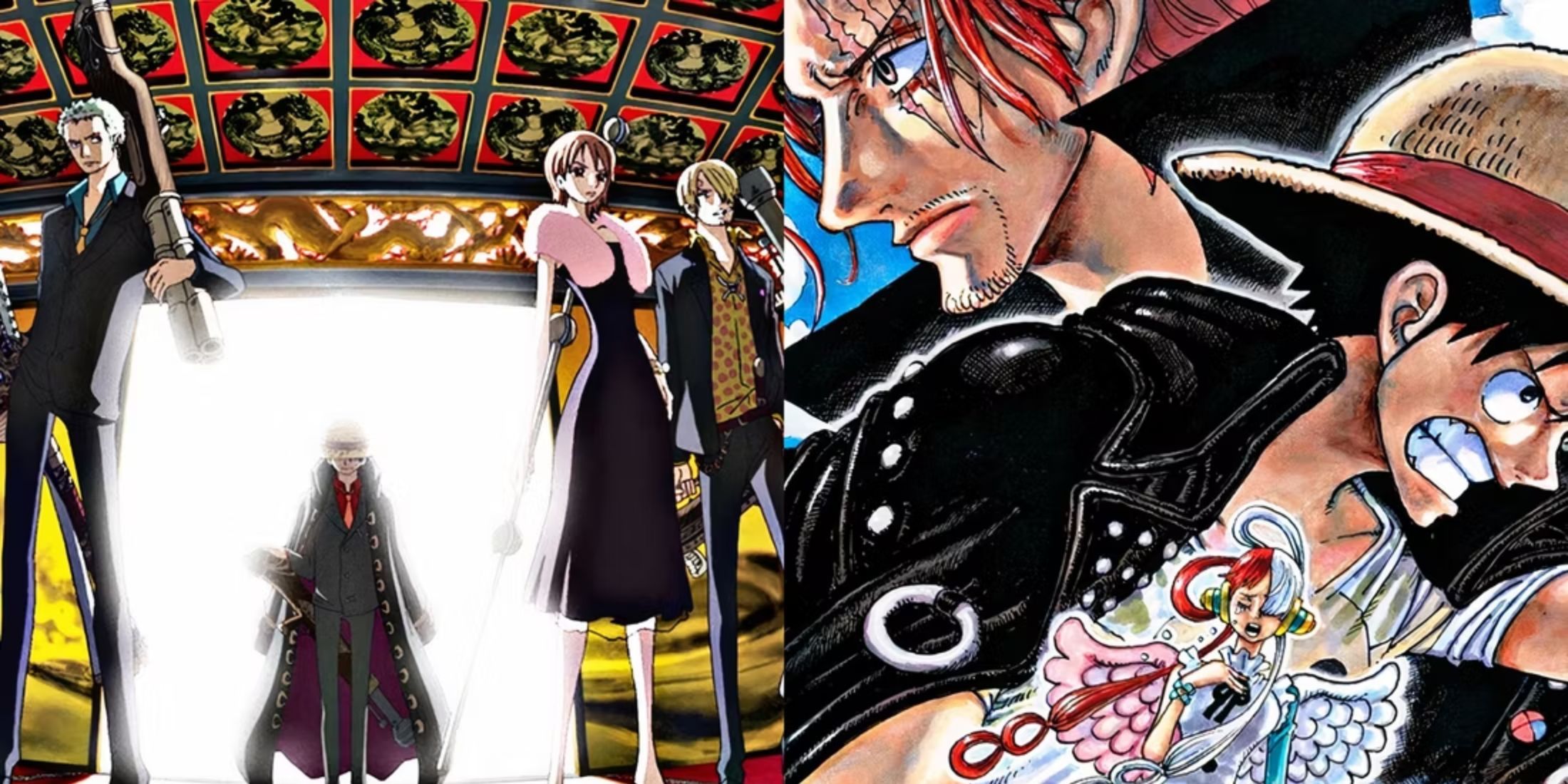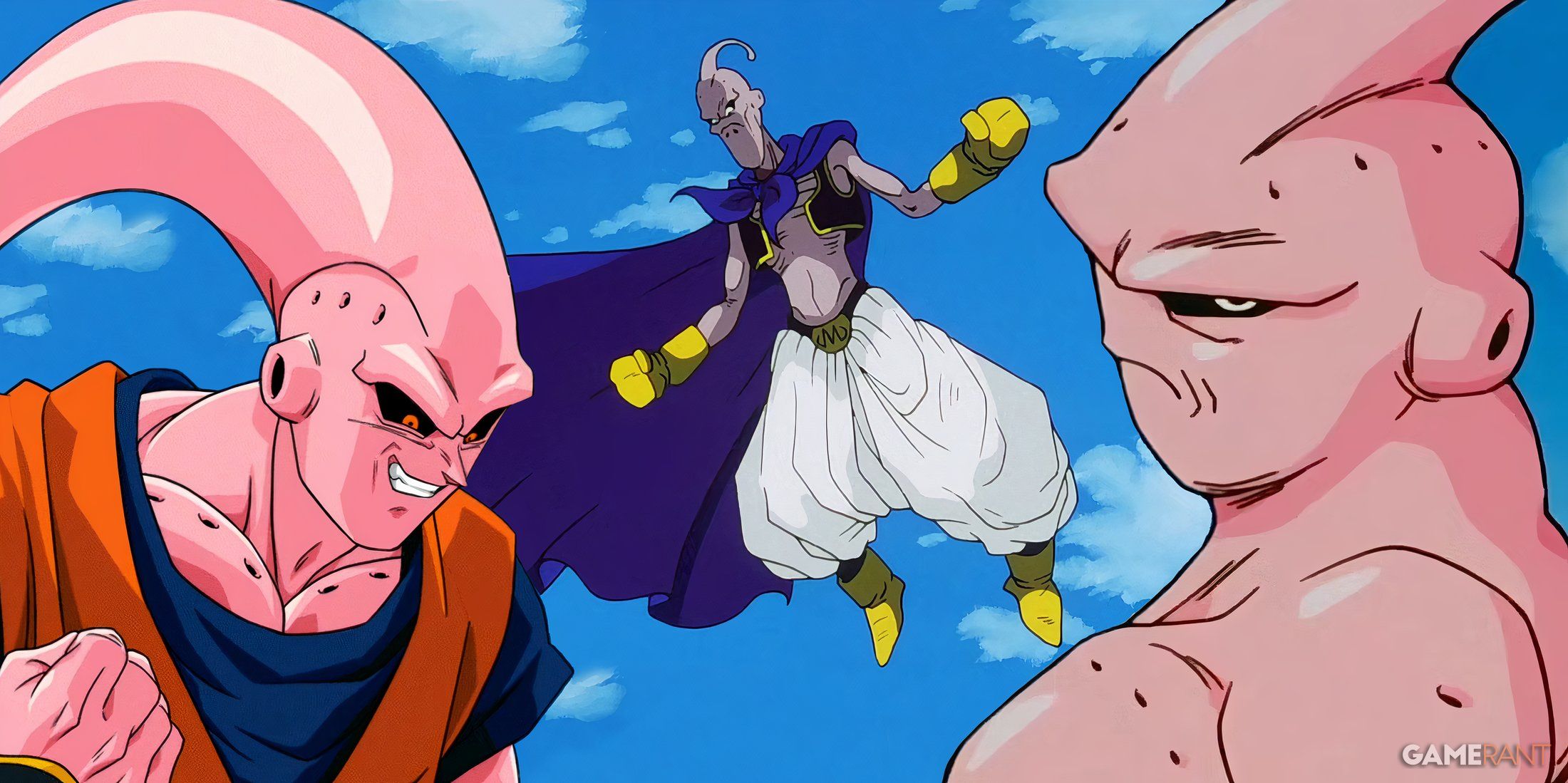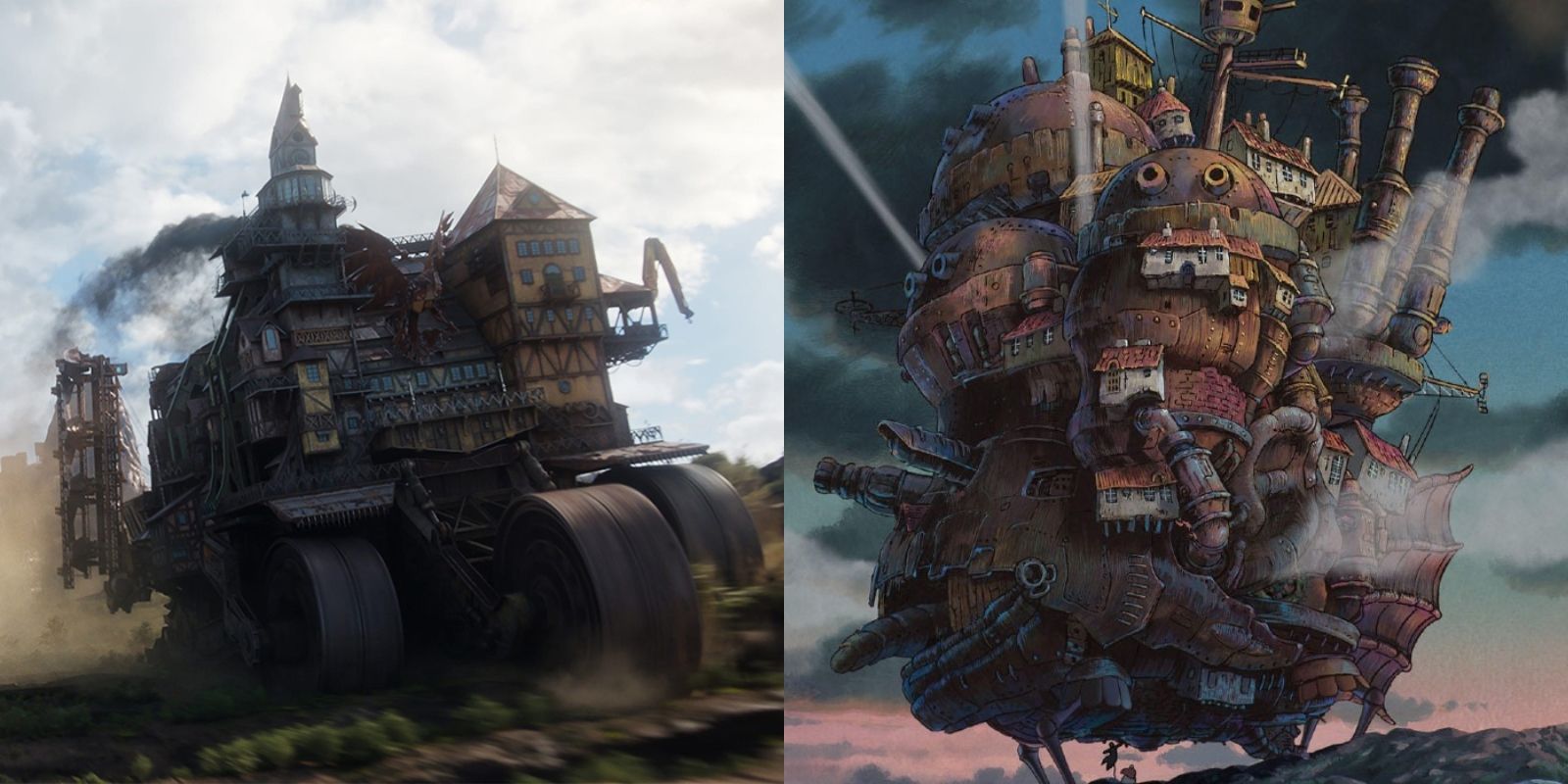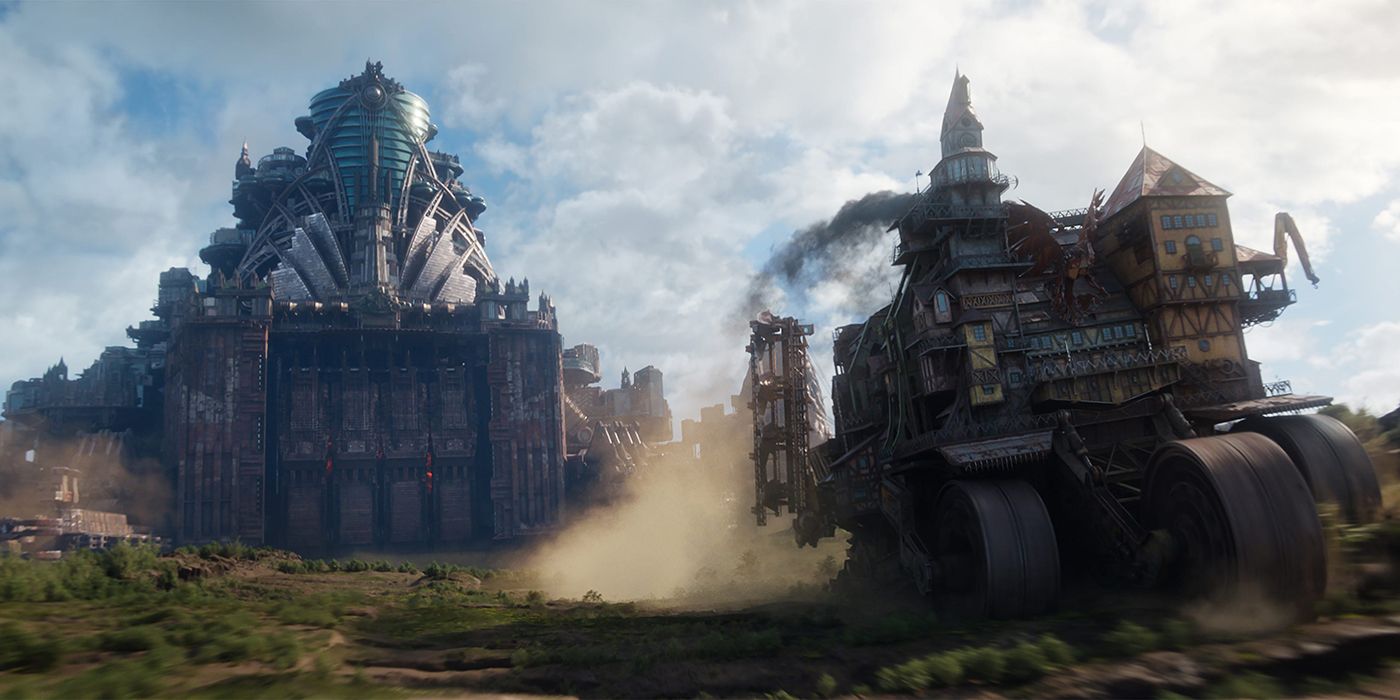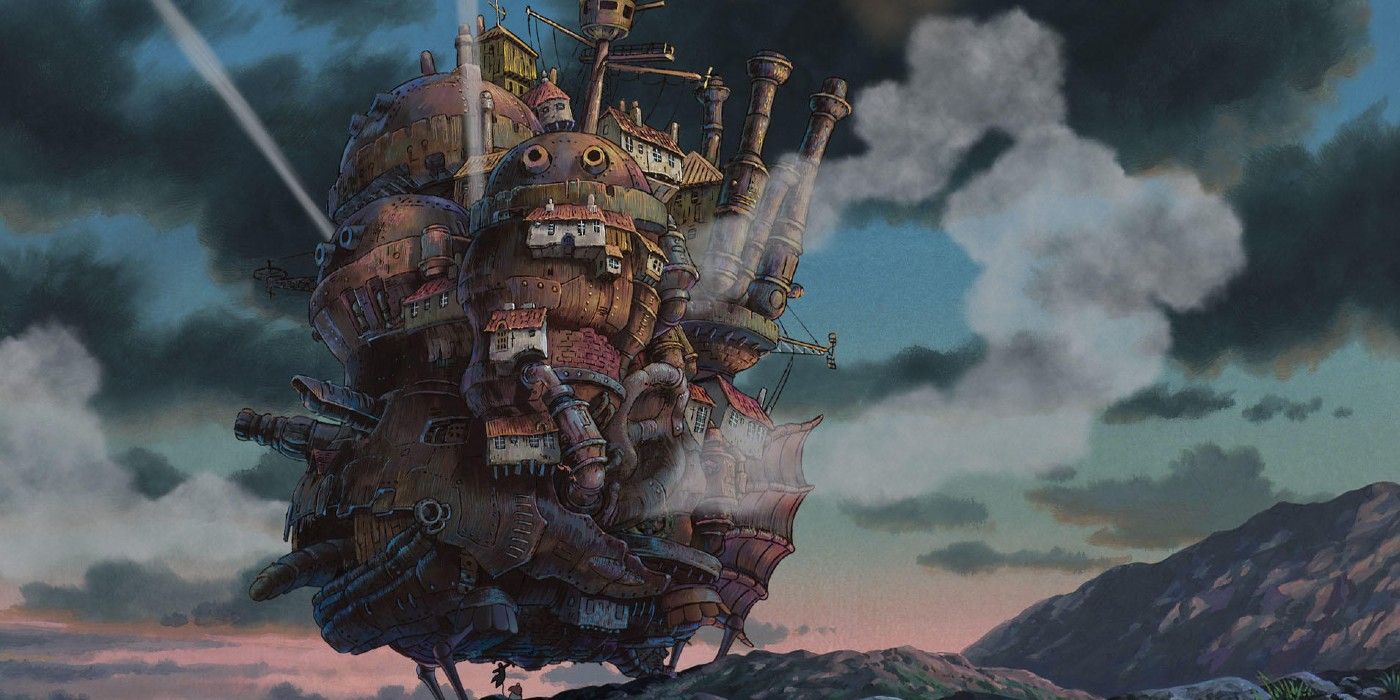The young adult post-apocalyptic movie Mortal Engines is chock-full of computer-generated action in a vast steampunk fantasy world. Strikingly, some of the overworld visuals resemble the Studio Ghibli animation Howl’s Moving Castle. It is common practice for movies to reference their spiritual predecessors and influences, but this instance may signal a greater trend of inspiration deriving from Japanese or similar sources. There is another Hollywood franchise that was criticized for resembling a Japanese property too closely. In fact, some argue that it is more of a “localization” of a sort, it is The Hunger Games trilogy.
Both Howl’s Moving Castle and Mortal Engines are derived from book series that target young readers. Written by Diana Wynne Jones, the first book in the Moving Castle series was published in 1986. The first Mortal Engine novel came out in 2001 and was written by Philip Reeve. Each of these would provide source material for movies with their respective names. Howl became a 2004 animation by Hayao Miyazaki and his Studio Ghibli company. It won several animation awards and is one of the most successful Japanese films ever made. Mortal Engines was produced by Peter Jackson and directed by Christian Rivers. Unlike Howl, this movie did not do so well. It was poorly received by both critics and audience alike and was ultimately a box office bomb for the studio. Narratively and thematically, the movies are vastly different. One involves magic, curses, witches, and wizards in an early industrialized fantasy kingdom, the other revolves around technology, geopolitics, and survival in a devastated version of Earth.
Imitation as a Form of Flattery
Mortal Engines opens with a chase sequence. Instead of police hunting after robbers, it is the mega mobile city of London preying on a much smaller Bavarian town, also on wheels, across the mainland European continent. The purpose of the chase is for the larger city to catch and ingest the smaller city. In the guts of London is a salvage factory that tears apart and “chews” the smaller town. The movie describes this concept as “Municipal Darwinism,” implying that stronger cities must devour weaker ones for sustenance. There are a whole lot of questions that spring from this which can only be explained by a hand wave. Regardless, this base principle led to the visual in comparison. Due to municipal Darwinism, the movie has cities that can transform from stationary to mobile and zip around on wheels.
In Howl’s Moving Castle the Wizard Howl lives in an enchanted mobile castle. Instead of wheels, the structure lumbers around the land on what look like thin metal chicken legs. It is powered by the magic of a charming living little fire creature named Calcifer. Unlike Mortal Engines, there is nothing else like it in this fantasy world, and certainly nothing trying to eat it. The architectural style of the Bavarian city from Mortal Engines is oddly similar to the moving castle inhabited by the Wizard Howl. It is possible that this is a deliberate reference, and that there are Howl fans among the CG artists. Or it is part of a greater trend of heavy borrowing from across the sea.
One Thing is Not Like the Other
For a long while the Hunger Games was clouded by accusations of being too similar to a Japanese movie called Battle Royale. Like the previously mentioned movies, both are based on young adult books. Except Battle Royale features way more violence. Very much in the way that Mortal Engines resembles Howl’s Moving Castle, the Hunger Games resembles elements of Battle Royale. In Battle Royale, a class of high school kids is taken to an island to fight to the death. There are weapons stashed about, alliances form, and betrayals occur. The military enforcers install collars on the students’ necks in case they try to escape. There are also ever-changing danger zones moving around the island. If a student gets caught there, or tries to flee the island, their head will explode.
In the Hunger Games, young adults (ages 12 to 18) are conscripted to fight in a televised gladiatorial spectacle in a remote arena. Where Battle Royale uses collars and changing danger zones, Hunger Games has Gamemasters control the environment and set off traps. No one can escape the arena due to a force field. Many viewers compare the Hunger Games to other movies such as The Running Man and even to the Truman Show. While the comparisons are strong, over the years fans have stated that the Hunger Games is not a rip-off of Battle Royale or those other movies, but instead part of the same genre invented by Battle Royale.
In the future, could the same be said for Mortal Engines? Will there be more novels and movies or even television series that feature vehicular buildings of various sorts? Could Howl’s Moving Castle be the origin of a new genre based simply on a visual description? The similarities are real, but that is as far as it really goes. They are as alike as Transformers is to Mobile SuitGundam Wing.


